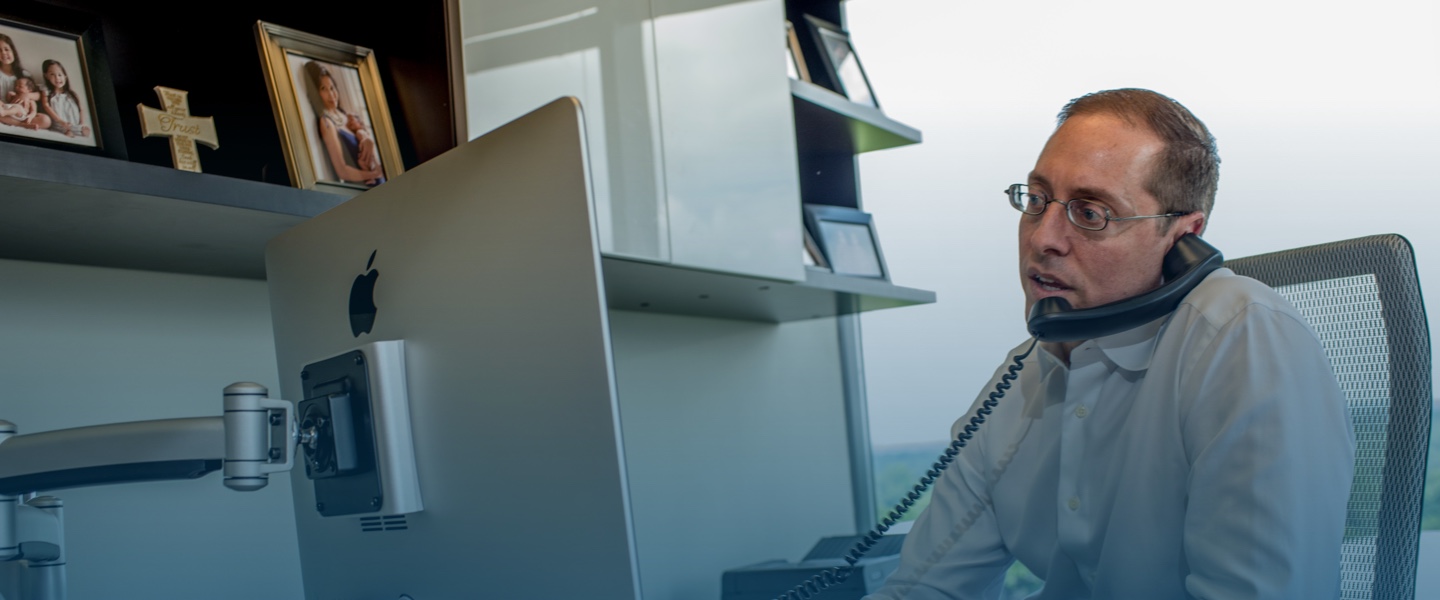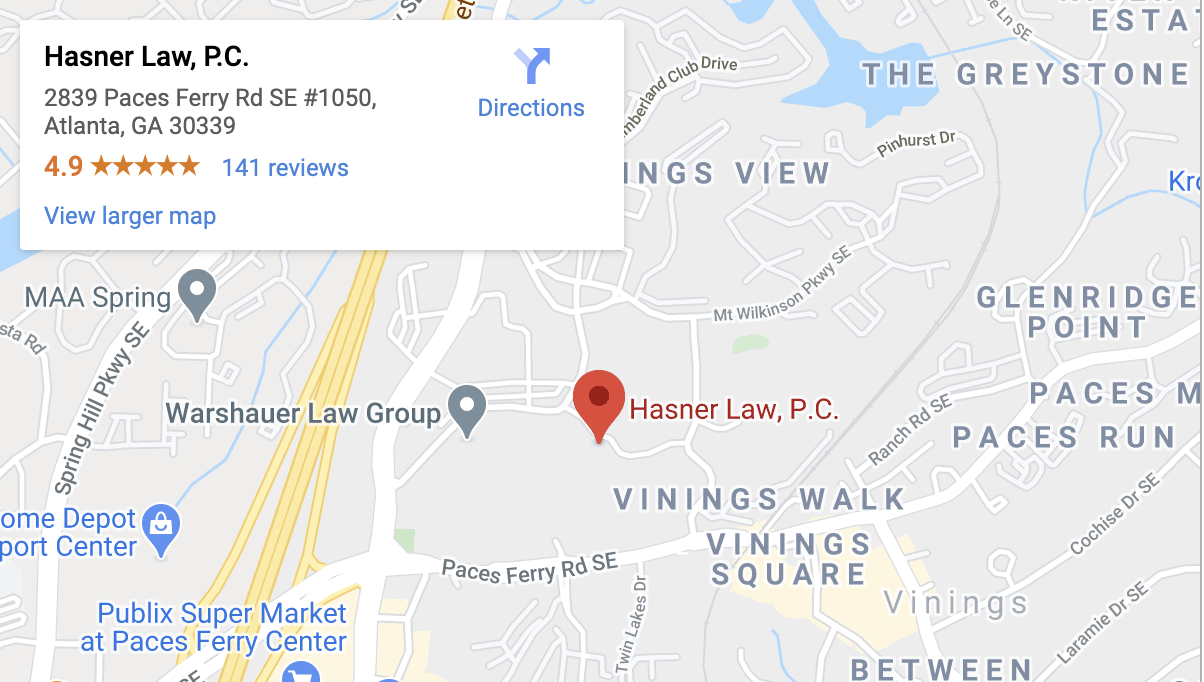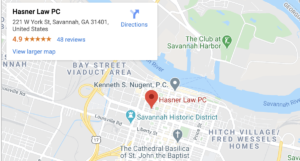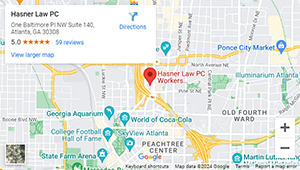Traffic and Red Light Cameras in Atlanta

Georgia’s traffic code was amended in 2001 to allow automatic devices for monitoring speed and traffic lights. These devices use electronic means to detect speeders and red light runners. They capture images of the violation and use them to identify and cite the vehicle’s owner.
These devices are meant to address a serious problem. Speeding is consistently one of the most common causes of car accidents in Georgia, and running red lights makes intersections much more dangerous than they need to be. Stopping both problems could save hundreds of lives per year.
If you’ve been injured in a collision in Atlanta, GA, Contact our law office Hasner Law Injury & Workers’ Compensation Attorneys today at 678-888-4878 to discuss your legal options during a free initial consultation.
How Hasner Law Injury & Workers’ Compensation Attorneys Can Help After a Car Accident in Atlanta, GA
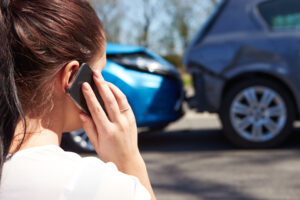
The attorneys at Hasner Law Injury & Workers’ Compensation Attorneys have over 80 years of combined experience representing accident victims in Atlanta, Georgia. Our Atlanta car accident lawyers provide compassionate representation to clients who have experienced severe physical and mental trauma.
Clients who hire Hasner Law Injury & Workers’ Compensation Attorneys receive:
- A free consultation to discuss the best strategy for getting fair compensation
- A lawyer with extensive negotiation and litigation experience who can stand up to insurers and other opposing parties
- Representation on a contingency fee basis with no upfront fees
- A legal advocate who will provide guidance throughout the process
Your attorney must prove negligence to recover personal injury compensation for your auto accident. Contact Hasner Law Injury & Workers’ Compensation Attorneys for a free consultation to discuss the compensation you can seek for any type of car accident and the most common injuries you may have.
How Many Georgia Car Accidents Could Traffic and Red Light Cameras Prevent?
According to the Georgia Department of Transportation (GDOT) crash dashboard, Georgia had 16,552 traffic accidents caused by speeding in 2021. These crashes caused 328 fatal injuries and 9,889 non-fatal injuries.
Disregarding stop signs and lights led to 10,503 crashes, which produced 8,378 injuries and 80 deaths. The crash dashboard doesn’t identify exactly how many of those accidents resulted from running stop signs versus red lights.
More than 1,460 speeding crashes and 777 red light accidents occurred in Atlanta in the same year. These crashes resulted in 30 deaths and 1,667 injuries.
How Do Traffic and Red Light Cameras in Atlanta Work?
Speeding reduces the time you have to react to changes in weather, road, and traffic conditions.
When you speed, you might have already hit an object in the road by the time you see and process it. And when that object is another vehicle or a pedestrian, you could injure or even kill someone.
According to GDOT’s statistics for 2021, speeding crashes tended to cause single-vehicle accidents. Only about 40% of speeding accidents involved two or more vehicles. In these accidents, a rear-end collision was the most common type of crash.
Crashes caused by red light runners tended to involve multiple vehicles. Roughly 7% of crashes from running red lights and stop signs were single-vehicle crashes, while nearly 93% involved collisions between two or more cars. Drivers who ran stop signs and stop lights also hit 81 pedestrians.
Facing these issues, cities, counties, and universities can apply to install speed cameras and red light cameras in their jurisdictions. These cameras collect information about and help deter traffic violations.
Speeding Cameras
The application for a speeding camera must name the road where the police agency will install it. The Office of Traffic Operations within GDOT reviews the application and decides whether to grant it. As long as the application is complete, the agency can use the camera while the office reviews it.
The agency must provide warning signs at least 500 feet before the device.
The jurisdiction can only use the device to issue tickets for:
- Speeding at least 10 miles per hour over the posted speed limit
- Speeding of any amount in a school zone, historic district, or residential zone
Jurisdictions cannot use speeding cameras to set up speed traps.
A speed trap is established when a jurisdiction posts a reduced speed limit and waits at the speed limit reduction sign to stop drivers. The law requires at least 300 feet within city limits and 500 feet outside city limits between the speed limit reduction and the camera.
Red Light Cameras
Jurisdictions must file an application and hold a public hearing before installing a red light camera. The application must identify the intersection and include evidence demonstrating the need for the device at that location.
Once installed, the device cannot photograph the person driving the vehicle. Instead, the police can only use the device to identify the vehicle by its license plate number.
The agency can issue a ticket to the vehicle owner based on this information. However, the vehicle owner can beat the ticket by proving they weren’t driving the vehicle when the photo was taken.
Evidence from Speeding and Red Light Cameras
When a speeding or red light camera captures someone before causing a crash, the photos can provide valuable evidence of negligence. But there’s a chance that you might not be able to get the photo from the state, as the cameras don’t store the photos for more than a few weeks or months.
Schedule a Free Consultation With Our Atlanta Car Wreck Lawyers To Discuss Your Legal Options
Careless driving, particularly speeding and disregarding stop signs, injures or kills thousands every year. Contact Hasner Law Injury & Workers’ Compensation Attorneys to discuss the causes of your car crash and how you can pursue compensation for the injuries you suffered.

